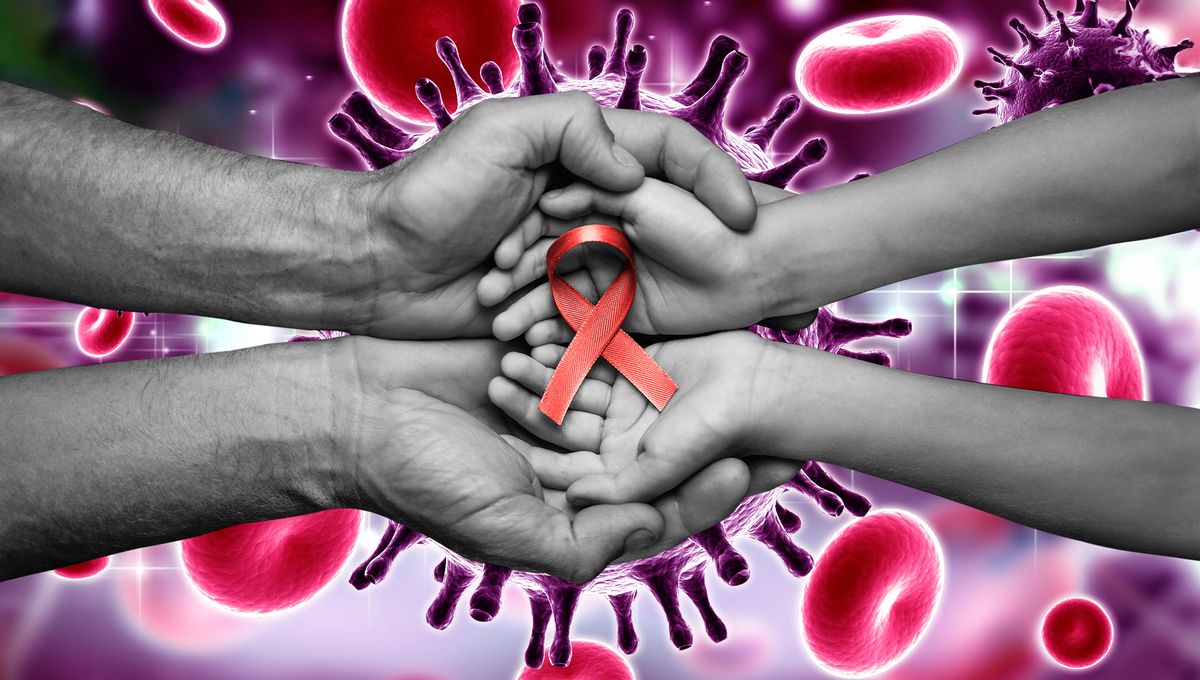
The world has changed significantly since the HIV epidemic began. The development of new drugs has allowed people living with the virus to have a healthy life, and even to not pass on the infection. But for this disease to be removed from the list of the main public health threats, what is needed is a vaccine.
Together with tuberculosis, HIV (the human immunodeficiency virus) is a leading infectious global health threat. In 2022, there were 1.3 million new infections and about 630,000 people died from HIV-related causes. National and international organizations have set out a goal of ending the HIV epidemic by 2030. Having a vaccine is believed to be a very important tool to make that a reality.
The quest to develop an HIV vaccine
The quest for a vaccine has been arduous. The virus is an adaptable adversary and the various approaches that have been experimented with over the years have so far not shown significant protection in clinical trials.
“HIV is an incredibly successful virus when it comes to evading the human immune system. It rapidly hides inside cells, it integrates into the DNA, kills immune cells, and has a protective glycan shield on its envelope protein that masks antigen targets from immune effectors,” Dr Johan Vekemans, the senior science and clinical advisor and HIV vaccine development lead for the International AIDS Vaccine Initiative (IAVI), told IFLScience.
“It is a master at inducing immune responses and antibodies that are not neutralizing and not protective. These are among the major scientific challenges, but probably the leading challenge relates to the very, very high diversity that the HIV vaccine envelope protein displays. Just within an infected host, there can be a very, very important diversity expressed in the pool of infecting viruses.”
So HIV can hide and can destroy the immune system. If an immune response is produced, it is ineffective. And the variety of virus strains, even within a single individual, made traditional approaches ineffective. These properties make it a challenge to eradicate the virus once it has infected an individual and to prevent the infection, so no cure or preventative vaccine has been successfully developed yet.
The latest research
Failure to develop a successful candidate is certainly disappointing, but researchers have not given up. Each unsuccessful trial provides new clues and understanding about this virus and hopefully how to fight it for good. The ideal vaccine would activate an immune response that produces broadly neutralizing antibodies that kill the diversity of viruses and prevent them from infecting cells; the vaccine-induced activation of protective T-cells would add another arm of the immune response that can seek out and kill infected cells, which would potentially progress prospects for developing a cure.
“We’re switching from an approach that has traditionally been quite empiric in vaccine development to an approach that aims to be more deductive and evidence-based. That is the case for the target generation of neutralizing antibodies, as well as the target generation of protective T-cell responses. It’s important to understand that we’re learning from nature,” Vekemans told IFLScience.
It is the study of HIV patients with chronic infections that, for example, led to insights into broadly neutralizing antibodies. The ability to induce such an immune response is seen as an important avenue in creating a preventative vaccine. There have been some successful steps forward in this direction. A vaccine candidate was able to develop the precursors to broadly neutralizing antibodies in a Phase I clinical trial.
Two vaccine clinical trials are now attempting to further guide the immune response along, one being conducted in the US and another one being conducted in Africa, by African scientists. In these studies, the engineered immunogens that trigger the response are delivered by mRNA technology.
“There is also active research in the curative field. And it may be useful to highlight that there might be cross-learnings in these two fields. We might understand better how to prevent and how to get rid of the virus through curative approaches by combining tools,” Vekemans continued.
A Phase I clinical trial for a T-cell vaccine design was concluded last July with results expected to be published soon. Other approaches are being investigated in preclinical trials and are being informed by the knowledge accumulated over decades, as well as new technology including machine learning algorithms.
“The key lesson is the fact that we shouldn’t be shooting in the dark. And it’s really important to understand and master the protective immune response and use an approach that focuses on generating the rightly characterized protective immune response,” Vekemans explained to IFLScience.
What’s the outlook for tackling HIV?
While a vaccine is not here yet, we are not defenseless against the virus. Education and prevention are very important. Drugs such as PrEP (Pre-Exposure Prophylaxis) can prevent infections and there are new versions that could be longer lasting and even easier to administer, such as the injectable form.
For people living with HIV too, despite the lack of a cure, there have been huge steps forward. New antiretroviral drugs allow for completely healthy lives. Beyond that, it has been shown that once the viral load becomes undetectable it is impossible for them to pass the virus on. This remarkable achievement is encapsulated by the phrase undetectable equals untransmittable, or U=U.
Despite the progress, however, people living with HIV continue to experience stigma and discrimination due to political, religious, and socioeconomic conditions. This contributes to those most at risk not being able to access lifesaving drugs and crucial information about the disease.
Source Link: Are We Any Closer To An HIV Vaccine?